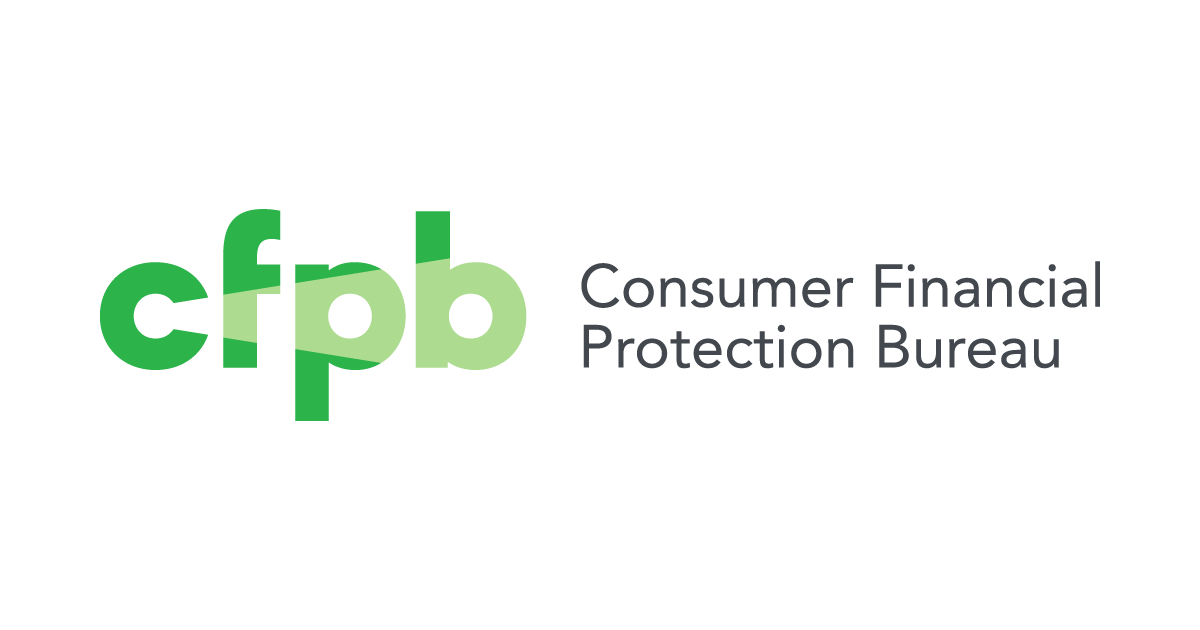Joint Release
The Federal Financial Institutions Examination Council (FFIEC) today announced the availability of data on mortgage lending transactions at 7,632 U.S. financial institutions covered by the Home Mortgage Disclosure Act (HMDA). Covered institutions include banks, savings associations, credit unions, and mortgage companies. The HMDA data made available today cover 2011 lending activity — applications, originations, purchases and sales of loans, denials, and other actions related to applications.
The data being released today include disclosure statements for each financial institution, aggregate data for each metropolitan statistical area (MSA), nationwide summary statistics regarding lending patterns, and Loan/Application Registers (LARs) for each financial institution (LARs are modified to protect borrower privacy). The FFIEC prepares and distributes this information on behalf of its member agencies.
The HMDA data show the disposition of loan applications and include information on loan amount; loan type (such as conventional, Federal Housing Administration, or Veterans Administration); purpose (home purchase, home improvement, or refinancing); property type (1- to 4-family, multifamily, or manufactured housing); property location (MSA, state, county, and census tract); applicant characteristics (race, ethnicity, sex, and income); and pricing-related data. The data also show whether a loan is subject to the Home Ownership and Equity Protection Act and whether a loan is secured by a first or subordinate lien, or is unsecured. The data as released by the FFIEC include census tract characteristics (minority composition and income).
For 2011, the number of reporting institutions of 7,632 fell nearly 4 percent from the number in 2010, continuing a downward trend since 2006, when HMDA coverage included just over 8,900 lenders. The decline reflects mergers, acquisitions, and the failure of some institutions. The 2011 data include information on 11.7 million home loan applications (of which nearly 7.1 million resulted in loan originations) and 2.9 million loan purchases, for a total of nearly 14.7 million actions. The data also include information on 186,000 requests for preapprovals related to a home purchase that did not result in a loan. The total number of originated loans of all types and purposes reported fell by about 780,000, or 10 percent, from 2010, in part because of a 13 percent decline in refinancings. Home purchase lending also fell, but by a more modest 5 percent.
The 2011 HMDA data reflect a continued heavy reliance on loans backed by the Federal Housing Administration (FHA) insurance that began several years ago with the onset of problems in the mortgage market. For home purchase lending, the FHA’s share of first-lien loans showed a continued increase from 7 percent in 2007 to 26 percent in 2008, and then to 37 and 36 percent, respectively, in 2009 and 2010. In 2011, the FHA share fell to 31 percent. First-lien lending for home purchases backed by Veterans Administration (VA) guarantees also has increased in recent years, although VA-backed lending represents a smaller share of the market than FHA-backed lending. The VA market share of first-lien home purchase loans increased from nearly 3 percent in 2007 to about 7 percent in 2009 and 2010. The VA market share of home purchase lending increased to 8 percent in 2011.
The overall volume of reported conventional, FHA-, and VA-related refinancing activity diminished slightly from 2010 to 2011. Although both the number of conventional and FHA-related refinancings fell from 2010 to 2011 (decreases of about 12 percent and 37 percent, respectively), the volume of VA-guaranteed refinancing activity rose significantly, increasing about 41 percent.
The 2011 HMDA data also include information on loan pricing. The 2011 data reflect the second full year of data reported under revised loan pricing rules, which determine whether a loan is classified as “higher priced.” Lenders now report on loans with annual percentage rates (APRs) that are 1.5 percentage points for first lien loans and 3.5 percentage points for junior lien loans above the average prime offer rates (APORs), estimated using data reported by Freddie Mac in its Primary Mortgage Market Survey. (1)
The data on the incidence of higher-priced lending show that a small minority of first lien loans in 2011 have APRs that exceeded the loan price reporting thresholds. The principal exception was for conventional first lien loans used to purchase manufactured homes; for such loans 82 percent exceeded the reporting threshold in 2011. For conventional first lien loans used to purchase site-built properties, about 3.9 percent of the reported loans exceeded the reporting threshold (up from 3.3 percent in 2010). The incidence of higher-priced lending for FHA-insured loans on site-built properties (3.8 percent in 2011) is virtually the same as for conventional loans. The incidence of higher-priced lending for loans backed by VA guarantees is notably smaller than for either conventional or FHA-insured loans; only about 0.4 percent of VA-guaranteed loans were higher priced in 2011.
Regarding the disposition of applications for conventional home-purchase loans in 2011, black and Hispanic white applicants experienced higher denial rates than non-Hispanic white applicants. The denial rate for Asian applicants was virtually the same as the corresponding denial rate for non-Hispanic white applicants. These relationships are similar to those found in earlier years.
The HMDA data can facilitate the fair lending examination and enforcement process and promote market transparency. When examiners evaluate an institution’s fair lending risk, they analyze HMDA data in conjunction with other information and risk factors, in accordance with the Interagency Fair Lending Examination Procedures (http://www.ffiec.gov/PDF/fairlend.pdf ). Risk factors for pricing discrimination include, but are not limited to, the presence of broad pricing discretion and consumer complaints.
The HMDA data alone cannot be used to determine whether a lender is complying with fair lending laws. They do not include many potential determinants of creditworthiness and loan pricing, such as the borrower’s credit history, debt-to-income ratio, and the loan-to-value ratio. Therefore, when examiners conduct fair lending examinations, including ones involving loan pricing, they analyze additional information before reaching a determination regarding institutions’ compliance with fair lending laws.
Financial institution disclosure statements, individual institutions’ LAR data, and MSA and nationwide aggregate reports are available at http://www.ffiec.gov/hmda . Refer to the HMDA data products at http://www.ffiec.gov/hmda/hmdaproducts.htm for the item descriptions and formats. More information about HMDA data reporting requirements is available in the Frequently Asked Questions on the FFIEC website at http://www.ffiec.gov/hmda/faq.htm .
Financial institutions are required to make their disclosure statements available at their home offices. For other MSAs in which financial institutions have offices, an institution must either make the disclosure statement available at one branch within each MSA or provide a copy upon receiving a written request. Questions about a HMDA report for a specific institution should be directed to the institution’s supervisory agency at the number listed below.
Federal Deposit Insurance Corporation — 877-275-3342; hearing impaired — 800-925-4618
Board of Governors of the Federal Reserve System, HMDA Assistance Line — 202-452-2016
National Credit Union Administration, Office of Consumer Protection — 703-518-1140
Office of the Comptroller of the Currency, Compliance Policy Division — 202-874-4428
Consumer Financial Protection Bureau — 202-435-7000
Department of Housing and Urban Development, Office of Housing — 202-708-0685
Data on Private Mortgage Insurance
The FFIEC also provides data from the nation’s seven largest private mortgage insurance companies. The 2011 private mortgage insurance data include information on nearly 409,000 applications for mortgage insurance, comprised of some 257,000 applications to insure home purchase mortgages, and about 151,000 applications to insure mortgages to refinance existing obligations. These data also are available today — at individual private mortgage insurance companies and from the FFIEC (http://www.ffiec.gov/reports.htm ) — in the same types of reports and formats as the HMDA data.
Official news published at https://www.consumerfinance.gov/about-us/newsroom/federal-financial-institutions-examination-council-announces-availability-of-2011-data-on-mortgage-lending/
Images courtesy of PixaBay



